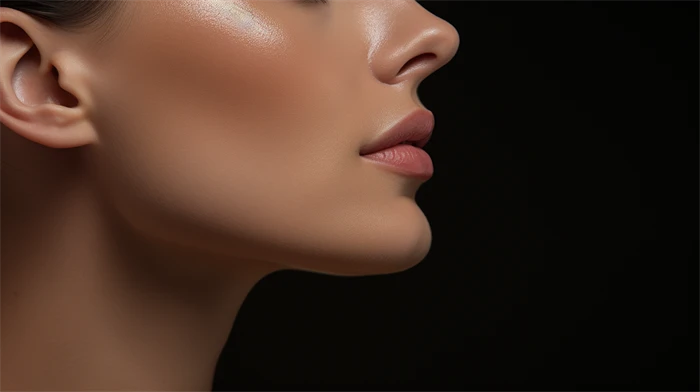Understanding the Safety of Chin Fillers in Bendigo
Chin fillers have become a popular cosmetic procedure in Bendigo, offering individuals a non-surgical option to enhance their facial features. However, the safety of such procedures is a paramount concern for both patients and practitioners. This article delves into the various aspects of chin filler safety in Bendigo, providing a comprehensive overview to help potential patients make informed decisions.

1. Qualifications and Experience of Practitioners
One of the most critical factors in ensuring the safety of chin filler procedures is the qualifications and experience of the practitioners. In Bendigo, it is essential to choose a practitioner who is certified by a recognized medical board and has extensive experience in administering dermal fillers. A qualified practitioner will have undergone specialized training in facial anatomy and will be adept at assessing the suitability of the procedure for each individual patient. They will also be knowledgeable about the latest techniques and products, ensuring the safest and most effective outcomes.
2. Type of Filler Used
The type of filler used can significantly impact the safety and effectiveness of the procedure. In Bendigo, practitioners typically use hyaluronic acid-based fillers, which are considered safe and reversible. Hyaluronic acid is a natural substance found in the body, making it less likely to cause allergic reactions. Additionally, if any adjustments are needed, hyaluronic acid fillers can be easily dissolved using an enzyme called hyaluronidase. It is crucial for patients to discuss the type of filler being used and its potential risks and benefits with their practitioner before proceeding with the procedure.
3. Pre-Procedure Assessment
A thorough pre-procedure assessment is essential to ensure the safety of chin fillers. This assessment should include a detailed medical history review, including any allergies, previous surgeries, and current medications. The practitioner should also conduct a facial examination to determine the best approach for the procedure. This assessment helps identify any potential risks or contraindications, such as infections or skin conditions, which could compromise the safety of the procedure. In Bendigo, reputable practitioners will always prioritize a comprehensive pre-procedure assessment to ensure the best outcomes for their patients.
4. Procedure Technique
The technique used during the chin filler procedure plays a significant role in its safety and effectiveness. In Bendigo, experienced practitioners use precise injection techniques to minimize discomfort and reduce the risk of complications. They may also employ advanced techniques such as microcannula injections, which are less invasive and can reduce the risk of bruising and swelling. It is important for patients to discuss the procedure technique with their practitioner and understand the potential risks and benefits associated with each method.
5. Post-Procedure Care
Proper post-procedure care is crucial for ensuring the safety and longevity of the chin filler results. In Bendigo, practitioners provide detailed aftercare instructions to their patients, which may include avoiding strenuous activities, applying cold compresses to reduce swelling, and following a gentle skincare routine. Patients should also be aware of potential side effects, such as bruising, swelling, and redness, which are usually temporary and resolve on their own. If any concerns arise after the procedure, patients should contact their practitioner immediately for guidance.
6. Long-Term Safety and Maintenance
Long-term safety and maintenance are important considerations for patients who opt for chin fillers. In Bendigo, hyaluronic acid fillers typically last between 6-12 months, after which the procedure may need to be repeated to maintain the desired results. It is essential for patients to follow up with their practitioner regularly to monitor the results and address any concerns. Additionally, patients should be aware of the signs of potential complications, such as infection or filler migration, and seek immediate medical attention if any issues arise.
FAQ
Q: How long do chin fillers last?
A: Hyaluronic acid chin fillers typically last between 6-12 months, depending on the individual's metabolism and lifestyle factors.
Q: Are there any side effects of chin fillers?
A: Common side effects include temporary bruising, swelling, and redness. These usually resolve within a few days to a week.
Q: Can chin fillers be reversed if I am not satisfied with the results?
A: Yes, hyaluronic acid fillers can be easily reversed using an enzyme called hyaluronidase if adjustments are needed.
Q: How can I ensure the safety of my chin filler procedure?
A: Choose a qualified and experienced practitioner, undergo a thorough pre-procedure assessment, and follow all post-procedure care instructions provided by your practitioner.
By understanding these key aspects of chin filler safety in Bendigo, potential patients can make informed decisions and enjoy the benefits of this popular cosmetic procedure with confidence.




